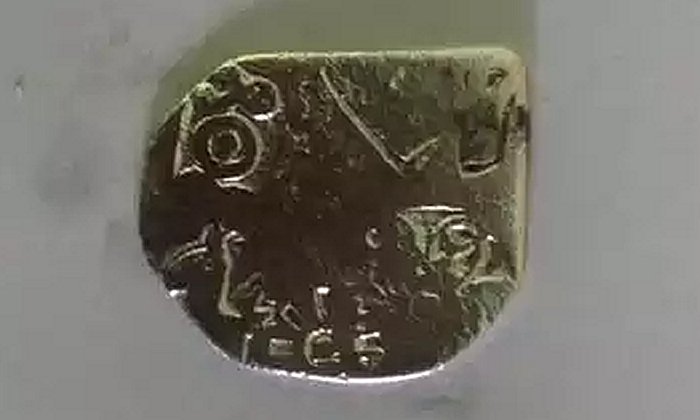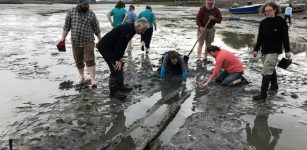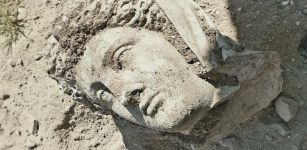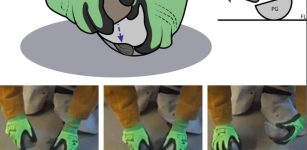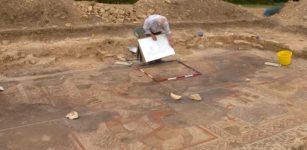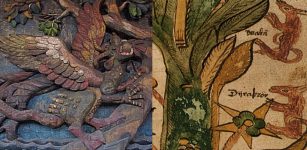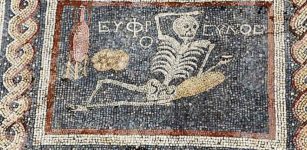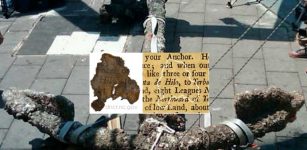Keeladi Ancient Site Of Tamil Nadu – A Punch-Marked Silver Coin Unearthed
Conny Waters - AncientPages.com - Keeladi (also Keezhadi) is today an important archaeological site, located on the banks of the Vaigai River, near the southern tip of India.
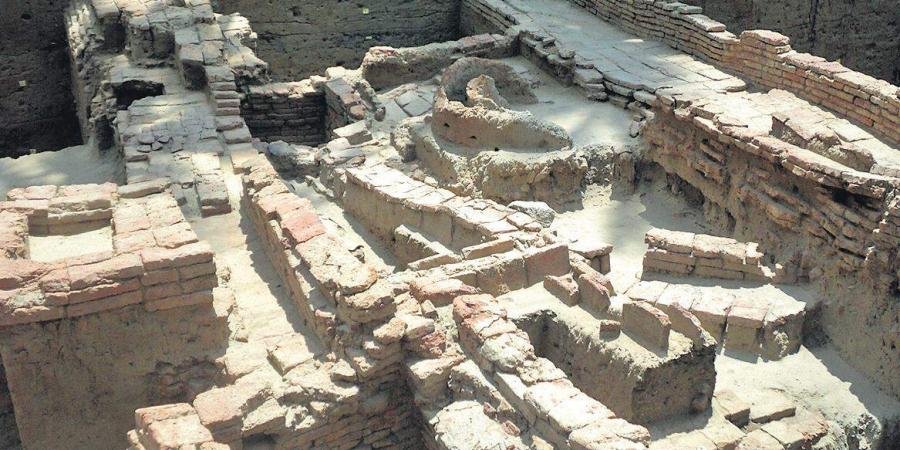 Digging ring wells at the Keezhadi excavation site. Image credit: EPS
Digging ring wells at the Keezhadi excavation site. Image credit: EPS
Once in the past, Keezhadi was an urban settlement of Sangam Age on the Banks of River Vaigai'. The Keeladi civilization in the Sivaganga district flourished 2,600 years ago.
The excavations conducted by the archaeologists from the Tamil Nadu Archaeology Department (TNAD) are now in the seventh phase of excavation at the site of Keeladi.
A punch-marked silver coin has been unearthed at the Keeladi Archaeological Site located in the Sivaganga district of Tamil Nadu.
The coin has the figures of the sun, the moon, a bull and a dog on one (front) side and a half circle and a sign -- which looks like the Tamil Tamil letter 'Ta’ – on the other. Image credit: The Times of India
The artifact – found at a depth of 146cm – weighs 2.20 grams and depicts the sun, the moon, a bull, and a dog on one side, and a half-circle, and a sign on the coin's other side.
The Times of India wrote that Minister for industries, Tamil development, and archaeology Thangam Thennarasu said the artifact may be proof of the trading that the inhabitants of Keeladi had with the north Indian communities.
"The design of the coin has made the archaeologists believe that the Keeladi civilization preceded the time of the Maurya empire," he said.
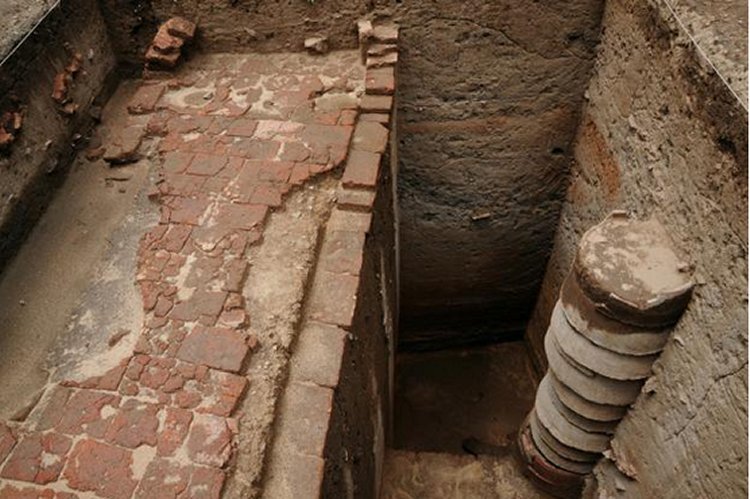 A well was discovered at the ASI's excavation site at Keezhadi. Photo: R. Ashok
A well was discovered at the ASI's excavation site at Keezhadi. Photo: R. Ashok
Keeladi is today a small village, but it is a special place, which was once an essential part of Tamil history, which is now systematically exposed by the Archaeological Survey of India.
Among others, the Keeladi discoveries include one of the largest human habitations of the Sangam Age (first to third century A.D), parts of homes like brick walls, wells, storages, and mud vaults, pottery of various kinds and purposes, and rusted old coins, shells, glass, weapons, small tools made of bones and iron, embedded in layers of soil, beads.
 A perforated lid of a terracotta pipeline that could have been used as a filtering device was found during the 5th phase of excavation at Keeladi. Photo Credit: ma23Keeladi
A perforated lid of a terracotta pipeline that could have been used as a filtering device was found during the 5th phase of excavation at Keeladi. Photo Credit: ma23Keeladi
For example, agate, Carnelian, and quartz beads indicate that the Keeladi people had trade links with Rome. The Tamil Brahmi letters found on pottery are names of individuals such as Thisan, Aadhan, and Udhiran.
 Two layers of terracotta pipelines were found during the 5th phase of excavation done at Keeladi by the Tamil Nadu State Department of Archaeology. Photo Credit: ma23terracotta pipelines_Keeladi (via The Hindu)
Two layers of terracotta pipelines were found during the 5th phase of excavation done at Keeladi by the Tamil Nadu State Department of Archaeology. Photo Credit: ma23terracotta pipelines_Keeladi (via The Hindu)
Experts said that they are typical Sangam Age Tamil names. Among other remarkable finds were also two terracotta pipes found horizontally one upon another have been unearthed at Keeladi.
The pipes are considered unique among all terracotta pipes found at other excavation sites in Tamil Nadu.
Evidence like brick construction, sign, and letter usages, and different water channels that the Keeladi civilization that lived along the Vaigai River had adopted highly advanced technologies.
Written by Conny Waters - AncientPages.com Staff Writer

